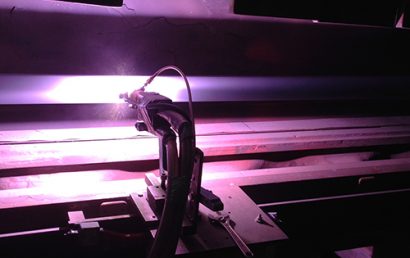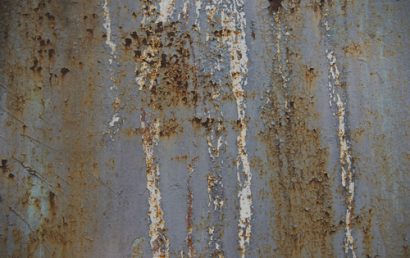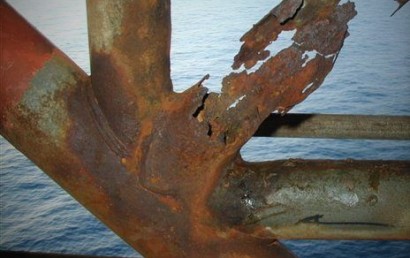Are You Using The Right Thermal Spray Coating?
Thermal spray coating, or thermal coating, enhances surface characteristics and treats surfaces. It is a coating that has been designed or engineered with a specific purpose (or emphasis) in mind: i.e., precise operating environments, performance characteristics, specific corrosive species, etc.). And though there are numerous application methods and types of thermal spray coatings, these surface treatments are all of a superior quality.
But given a specific application, what is the best thermal coating for the desired result?
HVOF (High-Velocity Oxygen Fuel)
An extended nozzle and confined combustion are used to accelerate and heat powdered materials. HVOF operating conditions produce hypersonic gas velocities. The result is a corrosion resistant, wear resistance, hardened, well adhered, dense coating.
Plasma Spraying
A work surface is treated by the application of thermal coating using an inert gas and DC electric arc. This coating is applied by a high temperature plasma flame which is utilized for the heating and acceleration of a consumable (powder). The entire process forms a plasma jet for application.
Flame Spraying
This thermal process is very economical. A consumable powder or a wire feed is melted through the use of combustion. The combustion is a result of a heated fuel source. Similar to arc spraying (see below), molten material is atomized and propelled toward a work surface by dry compressed air. But, unlike arc spraying, this method produces less fumes and dust. Characterized by its moderate spray rates, when it comes to applying thermal spray coatings, this method is extremely cost-effective.
Arc Spraying
Highly economical and productive, this thermal spray coating application also uses an electric arc and DC power. Of all thermal spray processes, this exhibits the highest deposition rate. When superior bond strength is needed, or substrates are in need of metallizing (but thermally sensitive), this method (which requires less power) is extremely suitable.
Techniques of Deposition
Lamallae, or splats, are the flattened liquid drops, applied layer by layer, and what characterize thermal spray coatings. The coating’s ferocity and thickness are determined by the voids between the overlapping splats. Surface characteristics are profoundly affected by the method of deposition. Additionally, each coating method’s benefits and costs should be weighed, one against the other, to determine the best method for a particular job.
The Criteria for Selection
Let’s break down the possibilities.
- What is the desired effect?
- What substrate is going to be coated?
- Should you consider a virtually universal spray coating process such as VPS (vacuum plasma spraying)? Universal methods can be applied to metallic surfaces, plastics, laminate surfaces, etc. Other coatings tend to be somewhat limited.
Next, what kind of endurance will be expected from this coating and what kind of environmental exposure will it be subjected to?
- A refractory coating may be required for high temperature application.
- An anodic coating may be preferred for highly corrosive applications.
Additional considerations can include the cost, service life, and what kind of environment the coat will be applied in.
Wrap Up
The quality of a thermal spray coating is significantly impacted by the coating process used. Every process has its unique advantages and limitations. And while the material being deposited is important, so is the quality and cost of the method used for any given thermal coating process.
At A&A Coatings, we look at each client and their needs, individually. We can help you determine the appropriate thermal coating for your precise situation. Contact us to speak to one of our experienced, knowledgeable representatives today to discuss thermal coatings.



